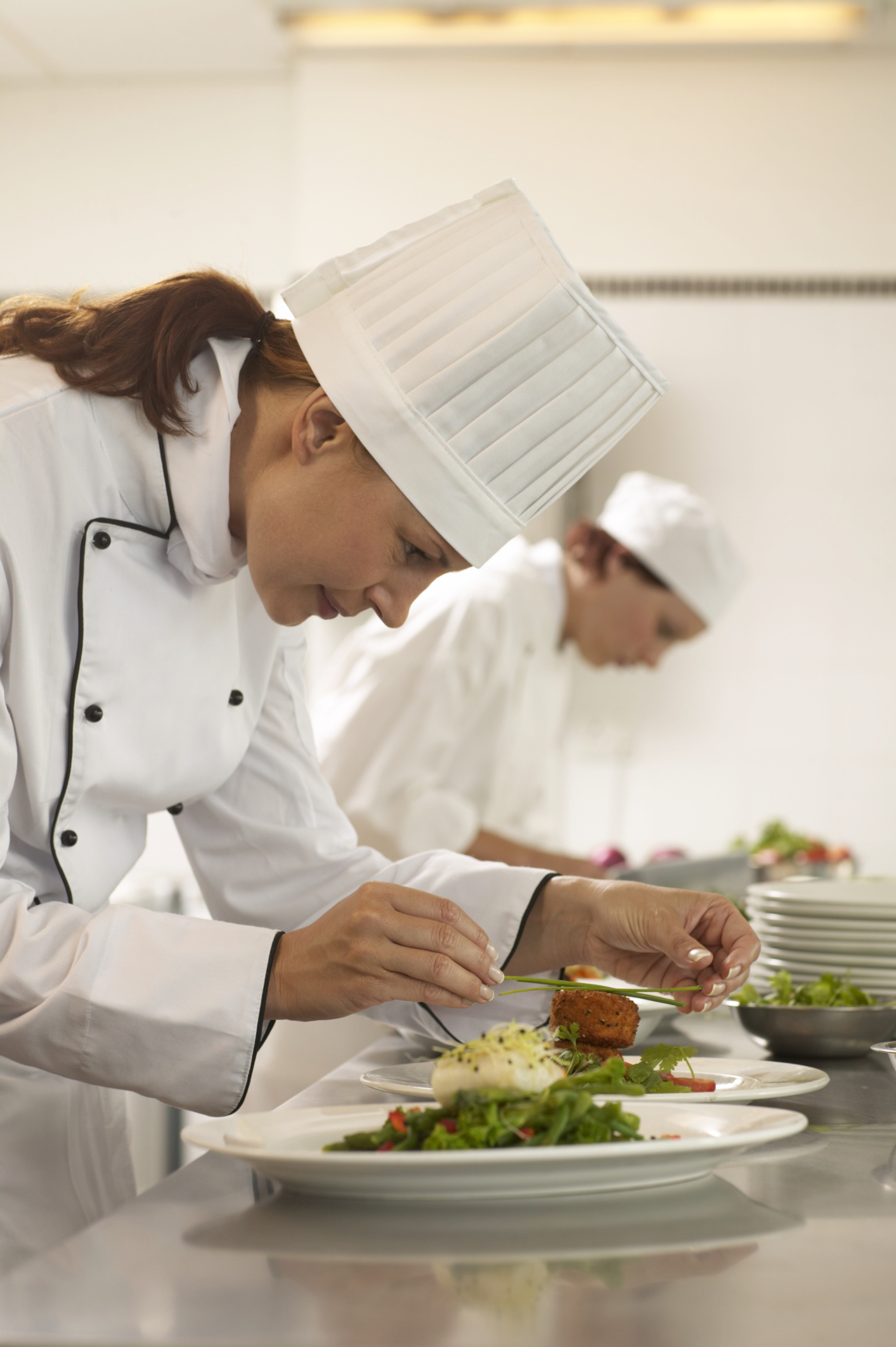5 Popular Cooking Myths

Cooking is an art form, one that is as much a part of the human experience as storytelling and falling in love. Just as there are myths in stories told and retold and in the promises of love, there are myths in cooking. Science, though, is in the business of debunking myths, including those practiced in the kitchens of home cooks and professional chefs alike. Here is a list of 5 cooking myths from Lynch Ford Chevrolet.
Alcohol Burns Off
When a recipe calls for adding alcohol to the hot pan, the myth is that the alcoholic content burns off, or dissipates due to the high heat.
A percentage of the alcohol is vaporized, but after adding the alcohol, the temperature is usually lowered to avoid losing the flavor and all the liquids for the dish. Up to 50 percent of the alcohol may remain, according to Robert Wolke, a professor of chemistry at University of Pittsburgh and author of What Einstein Told His Cook: Kitchen Science Explained.
Use Butter at Room Temperature
Butter should be brought to room temperature before baking is a myth. The butter should be cold because cold butter holds more air. Using room temperature butter makes the cookies go flat and the quick breads fall in the middle because the air has been let out of the butter.
According to Mark Scarbrough and Bruce Weinstein, authors of Lobsters Scream When You Boil Them: And 100 Other Myths About Food and Cooking, this myth is born not from a misunderstanding of chemical reactions, but rather from the marketing of kitchen tools.
Before the 1950s, bakers used heavy-duty stand mixers for baking, which could handle the cold butter. Then hand mixers became popular, replacing the heavy mixers. The hand mixers, though, burned out under the pressure of whipping cold butter. The solution? Mixer marketers advised bakers to bring the butter to room temperature.
Boiled Vegetables are Less Nutritious
It's believed that boiling water leaches the nutrients out of vegetables, leaving the cook with tasteless greens with little nutritional value. This myth is borne out of the fact that many vitamins are water soluble.
Though there may be some vitamin loss, the overall nutrient value is still high if the veggies are boiled just until tender. Iron and potassium don’t break down in water, and all vegetables are a good source of fiber.
Don't Add Salt to the Cooking Water
It's thought that adding salt to the cooking water when boiling vegetables increases the sodium content. This is sure to worry those with heart disease and hypertension, as they're warned to reduce their sodium content and eat more veggies.
Adding a bit of salt to the water, though, quickens the cooking process, thus reducing the risk of reduced nutrient value, according to Harold McGee, author of On Food and Cooking. As to the raised salt content, McGee notes the amount absorbed is miniscule.
Flip the Burgers Only Once
The myth is that a burger flipped only once, halfway through the cooking process, is juicier and more evenly cooked. Multiple flips make for a dried out burger.
J. Kenji Lopez-Alt, executive editor for the website Serious Eats, tested this myth and posted the results. He cooked 12 burgers, all of equal weight and size, flipping them at various rates; the range covered the single flip through to flipping a burger every 15 seconds.
The results showed little difference in the final product, except that single flipping results in a slightly overcooked bottom, and multiple flipping speeds up the cooking process.
According to J. Kenji Lopez-Alt, and his empirical evidence, multiple flipping is the more effective method for cooking burgers.
